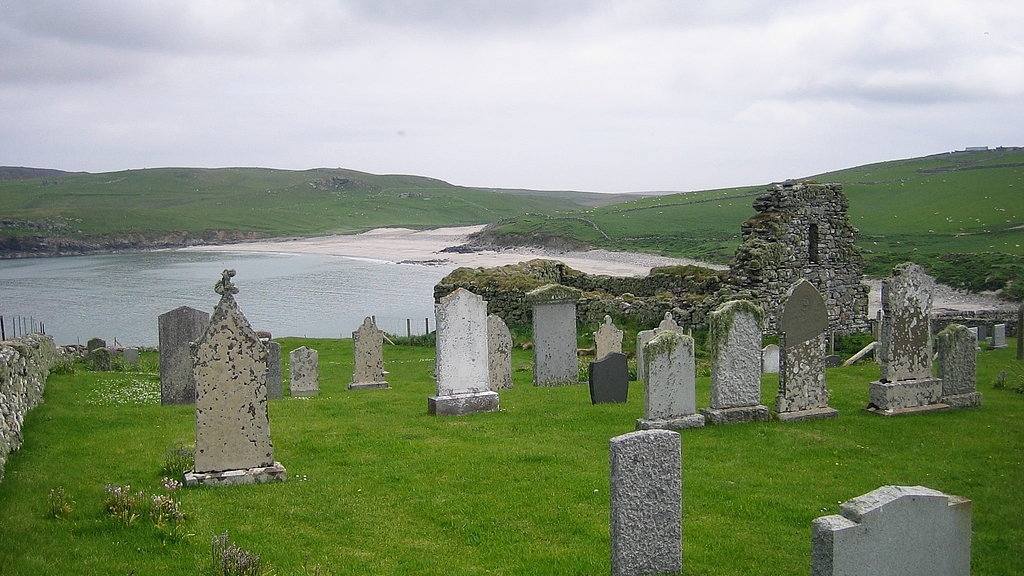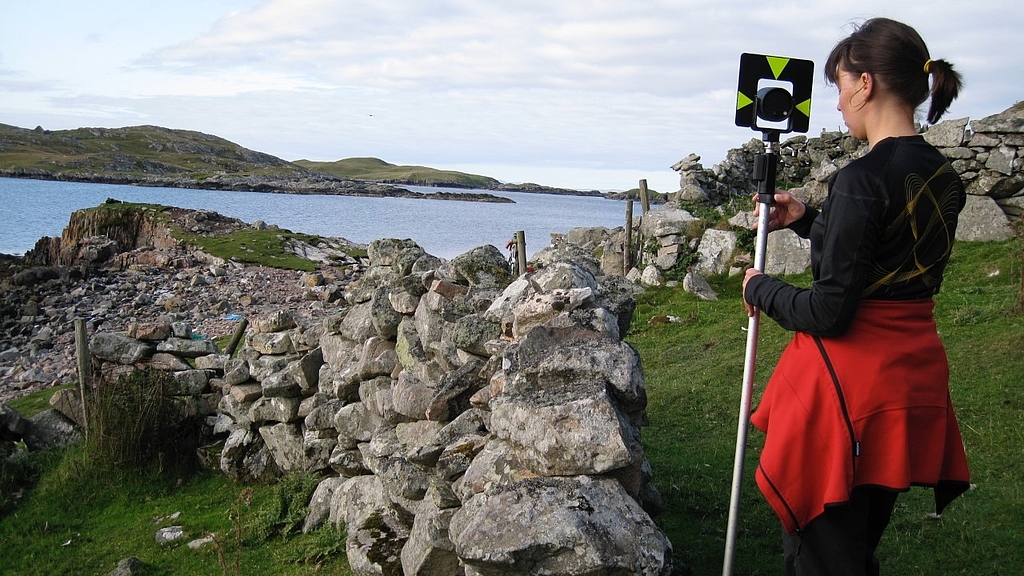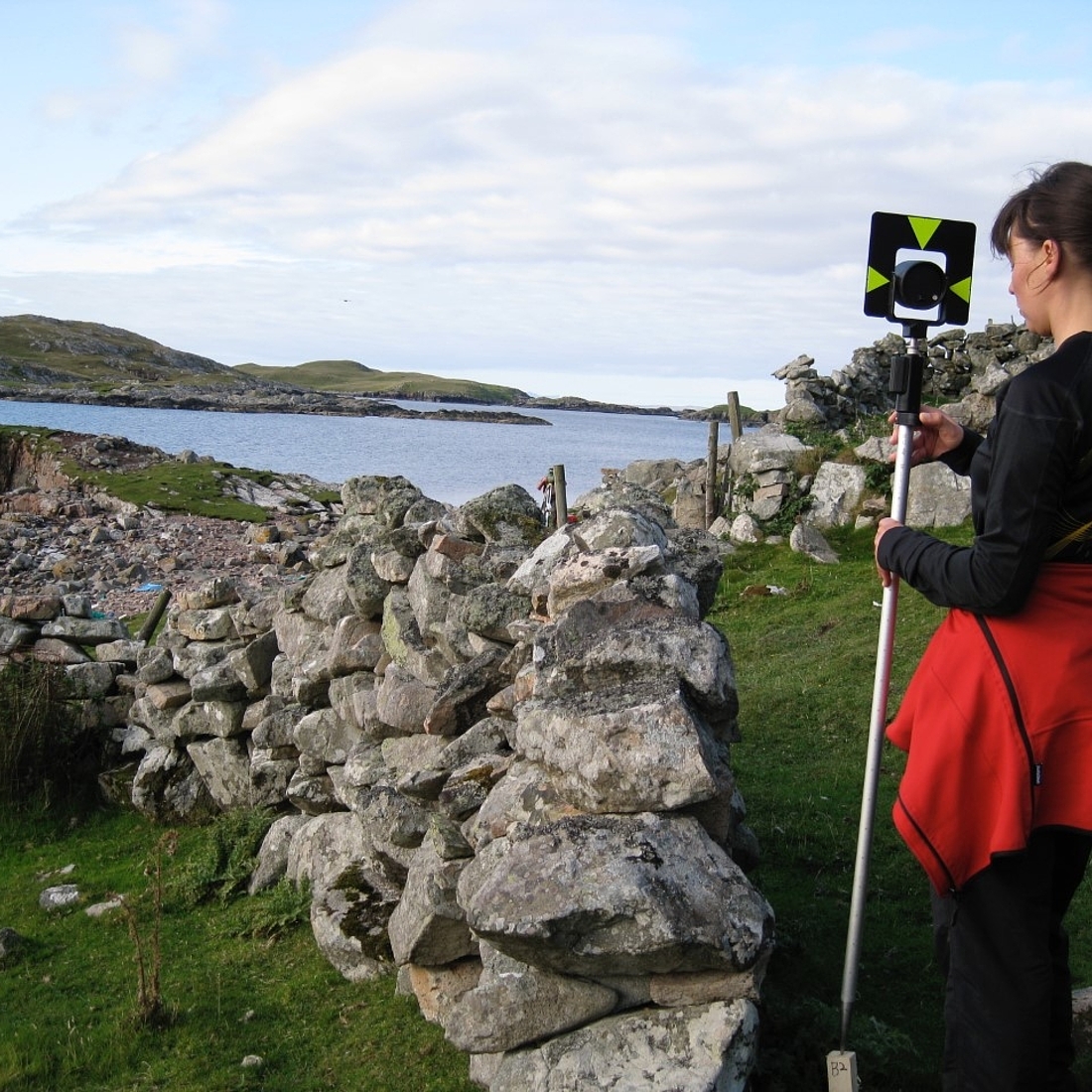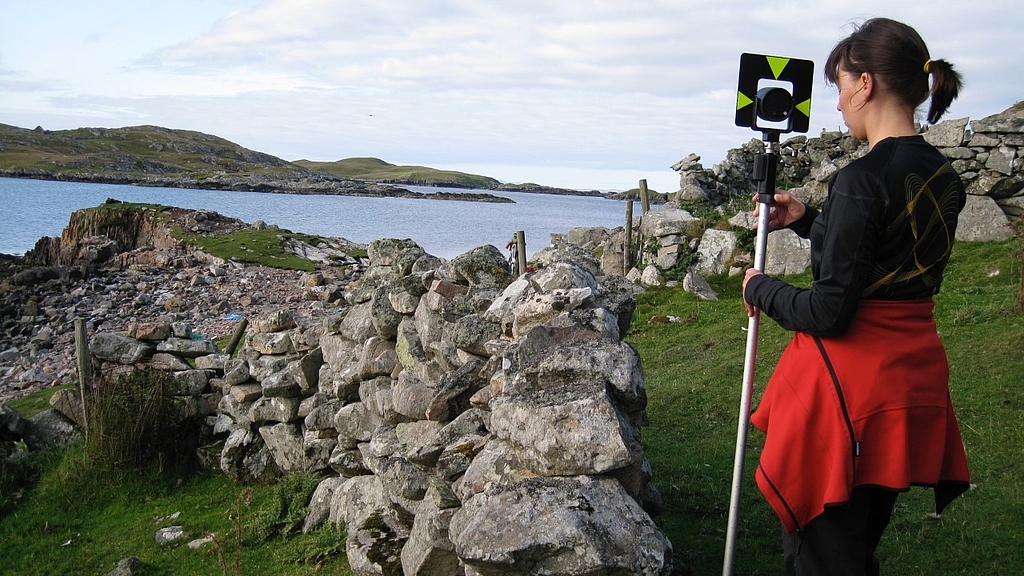The long arm of the Hanseatic League
How have peripheral communities in Northwest Europe adapted to the changes in the economy in early modern Europe? And what role did merchants from the Hanseatic cities of Bremen and Hamburg play in this? A new research project with the participation of the German Maritime Museum / Leibniz Institute of Maritime History (DSM) is investigating these questions using the example of the Scottish Islands of Orkney and Shetland between 1468 and 1712. After the three-year project phase, the results will be presented in a travelling exhibition, which will also be on display at the DSM.
During the early modern period the development of a world system of capitalist trade gradually extended until it brought much of the globe within its influence. In Europe as well, it led to peripheral places becoming closely tied into continental European trade networks. In the project entitled "Looking in from the Edge" (LIFTE), researchers from Great Britain and Germany investigate on how the Orkney and Shetland Islands were integrated into a larger economic realm in early modern Europe. Therefore, the research teams will use archival research, land and sea surveys and the excavation of trading sites.
The German Research Foundation (DFG) and the British Arts and Humanities Research Council (AHRC) fund the project with a total of approximately 900,000 euros. It is one of 19 selected projects belonging to a newly initiated German-British cooperation procedure. In addition to the DSM on the German side, the Archaeological Institute of Orkney College at the University of Highlands and Islands and the University of Lincoln are involved in LIFTE on the British side.
PD Dr. Natascha Mehler, who heads the German project group at the DSM and her team have been studying German trade with the North Atlantic islands for several years. Knowledge about trade mechanisms and their cultural effects has increased considerably, Mehler states. However, previous research focused mainly on Iceland. LIFTE, she says, has a different perspective: "This new project now allows us to zoom into Orkney and Shetland and put into context the enterprise of Bremen and Hamburg merchants who travelled to the Northern Isles”.
The researchers can draw on a data pool from the predecessor project "Between Hanseatic League and Nordic Sea - Interdisciplinary Studies of the Hanseatic League" at the DSM, which also created the publicly available online database HansDoc (https://hansdoc.dsm.museum), which bundles historical sources on German trade with Iceland, Shetland and the Faroe Islands. Results of the research can also be followed on the project blog Fish and Ships (https://fishandships.dsm.museum).

The church of Lunna Wick on the island of Unst, Shetland, with the tombstones of the Bremen merchants Segebad Detken (1573) and Hinrick Segelcken (1585)
Photo: Natascha Mehler

Natascha Mehler surveying the German trading post at Gunnister Voe, Northmavine, Shetland around 1600.
Photo: Mark Gardiner


